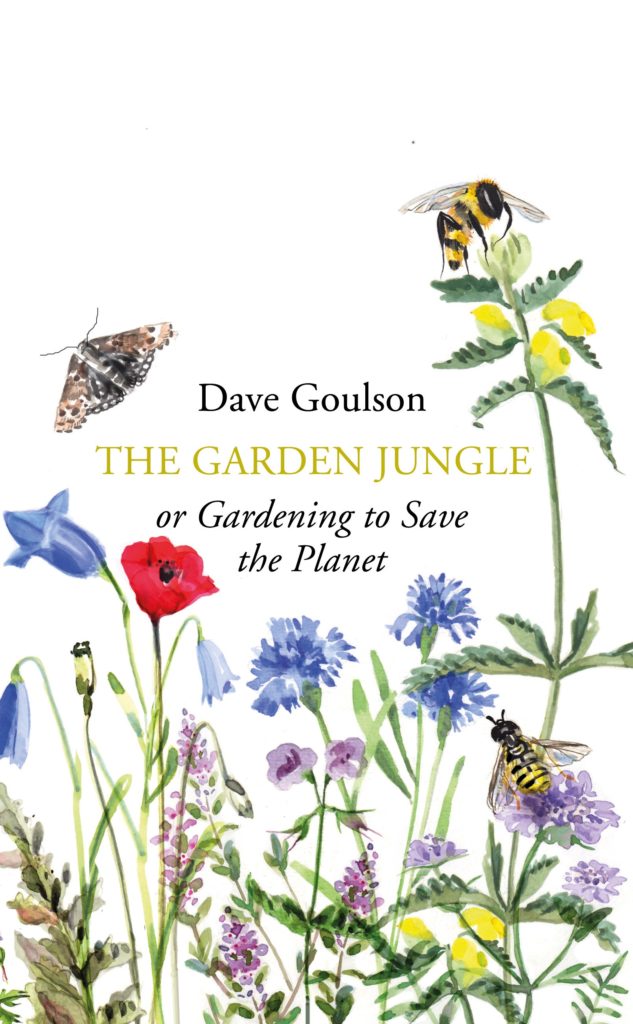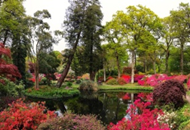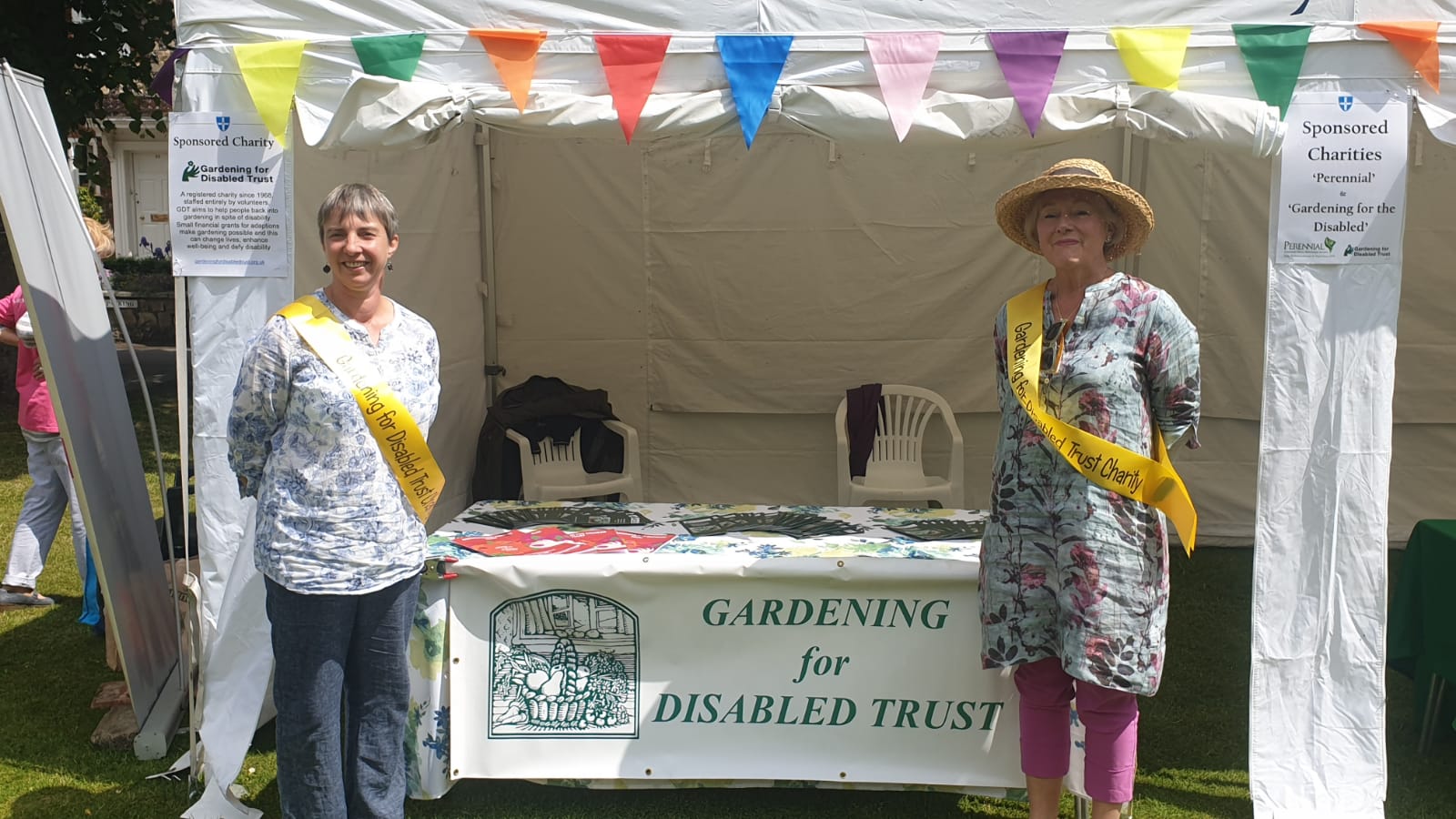This Week’s Guest Blogger is Graeme Edwards
Scents for all seasons
Now I don’t know about you, but the first thing I do when I see a flower is bury my nose in its petals (having checked there are no bees lurking within) and inhale deeply in the hope that it might be scented. Though some of the plants in my garden have been chosen for their looks, more often than not I choose a plant for its fragrance. Occasionally this will be provided courtesy of foliage of the rub-it-and-sniff variety, though more often than not its produced from the petalled end.
Some of the most fragrant blooms in the garden are produced by shrubs and, with a bit of planning, you can have something for your nose to enjoy throughout much of the year, even during the depths of winter. Here are some super-scented shrubs I wouldn’t be without in my small garden.
First up is Coronilla valentina subsp glauca. The first of its cheerful yellow pea-like flowers usually start to appear from late October/early November and it’ll continue flowering right up into April. An evergreen, it grows in a sunny, sheltered spot outside my front door where its fabulous fragrance greets me when I return home after a long day at work, particularly if the sun’s been shining

However, if you prefer yellows of gentler hue then Coronilla subsp. glauca ‘Citrina’, often sold as a climber, might be more your cup of tea.

Like the Coronilla, Lonicera fragrantissima (or Winter Honeysuckle) flowers throughout winter and spring, providing bees with an early source of nectar. The delicate pendulous white flowers start to open just as its leaves begin to fall, and as winter deepens the shrub’s bare branches are eventually smothered with fragrant blooms.

Sarcococca hookeriana var. humilis (Christmas Box) is another winter flowering shrub and one that’s perfect for a small garden. It provides a bit of glossy evergreen structure during the winter months, some colour with its crimson berries that deepen to black as the year goes on, and come January and February, is covered with tiny white flowers that produce a surprisingly powerful sweet and wafty scent.

Just as the Coronilla flowers are beginning to fade the Vibernum carlesii ‘Compactum’ takes over scent duties for a few weeks. The perfect Viburnum to grow if you don’t have much space, the
pink-tinged flower buds open in late April to produce white clouds of deliciously fragrant blooms.

Alas, I don’t have room in my garden for a proper sized lilac. However, the Korean lilac Syringa meyeri Palibin is a great alternative as its flowers fill the garden with heady scent in early May.

Soon after the lilac of short stature has finished doing its scenty-flowery thing the fragrant blooms of the Philadelphus (or Mock Orange) kick in. If you have a small garden, fear not, as there are a few varieties out there that won’t take up much space. The compact Philadelphus ‘Manteau d’Hermine’ has double creamy-white flowers and is perfect for the tiniest of gardens. But if you have a bit more space then perhaps you might prefer the taller and more arching form of ‘Belle Etoile’ with it’s large single white flowers. I’ve found the latter can sometimes prove popular with black fly though, so keep your home-made soapy sprays or fingers at the ready.

Now if you only have room for one shrub in your garden then the semi-evergreen Daphne x transatlantica ‘Eternal Fragrance’ is well worth considering. It seems to flower, off and on, throughout much of the year. If scent were a musical instrument then I’d describe this one as flute-like. Plonk it near a path or patio and you’ll get to enjoy it’s mellow ‘flutey’ fragrance almost all year round.

So the next time you’re perusing plants at your local garden centre or pondering perennials online, take a moment to consider your nose; treat it to some sniffable flowers to enjoy during those short winter days and balmy summer evenings.
Graeme Edwards,
A full time something-or-other and a gardener in his spare time (if the weather is nice).
Blog: www.onemanandhisgardentrowel.wordpress.com
Twitter: @GraemeEdwards1


















































